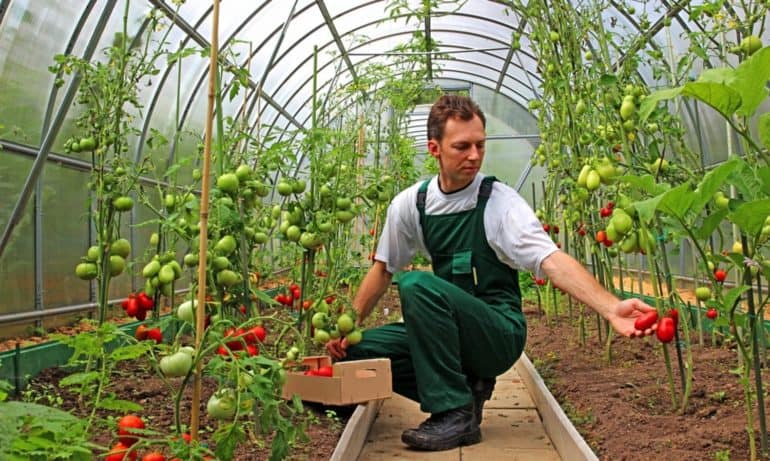Over the last 30 years, the average age of farmers has steadily increased, according to the U.S. Census Bureau. The U.S. Department of Agriculture (USDA) reports that half of all current farmers are likely to retire in the next decade, leaving a large gap for the next generation to fill. Fortunately, a new wave of food pioneers, mostly from non-farming backgrounds, is turning to careers in agriculture. This career path comes with its fair share of hurdles. According to Lindsay Lusher Shute, executive director and co-founder of the National Young Farmers Coalition (NYFC), “Capital and land top most young farmers’ lists” as their biggest challenges. Here are 10 ways to help the next generation of farmers nourish future consumers:
1. Join a Community Supported Agriculture program (CSA) or shop at a local farmers market: These avenues are the most direct ways to support local farmers. A CSA is a program in which members purchase a share of vegetables from a local farmer in regular installments over the course of the season. In a neighborhood CSA, members take on administrative and management duties, allowing the farmer to focus on growing and delivering quality vegetables.
2. Donate: Consider donating to organizations whose mission is to look out for the interests of young farmers. Donations to the Rodale Institute funds research to support economically viable organic agriculture. Contributing to the National Sustainable Agriculture Information Service helps farmers implement sustainable practices which utilize innovations in science and technology. Or, support representatives from the NYFC who speak up for young farmers in local and national political arenas.
3. Be informed: Visit EatWild for information on how young farmers are more likely to implement grassfarming systems, and read about the other ways young farmers are using sustainable practices. The Greenhorns, a nonprofit, grassroots organization that connects and recruits new farmers through media, created a documentary film about the struggles of new farmers. Watch the film, or explore their events calendar and other media outlets, to find out more.
4. Tell policymakers: Let government officials know that young farmers are key to the future of agriculture by supporting policies that make farming a viable option for those just starting out. Join Food Tank in asking local officials to provide services and aid for new farmers by clicking here.
5. Volunteer: Volunteering time and skills can be invaluable. When community members offer their own skills, farmers can spend more time nurturing the land. Reach out to a local farmer’s market to inquire about opportunities. The Young Farmer Network recruits volunteers for varying aspects of the national program, from media and advertising to event planning.
6. Be hands-on: Visiting a working farm can be educational and fun. Use the LocalHarvest farm directory and take a family trip, or group of friends, to learn about the inner workings of a local farm. Knowledge and exposure to farm life will help invest future generations in local agriculture. For longterm farm work, including internships or apprenticeships, visit WWOOF or GoodFoodJobs.
7. Share with friends: Chef and author Bryant Terry encourages individuals to help by “making a delicious meal and sharing it with friends to illustrate how wonderful this food can be … then encouraging them to have a similar way of getting their own food.” Sharing sustainable practices and food experiences with others will motivate them to support young farmers.
8. Join a Co-op: Most co-ops strive to stock their shelves with locally grown food. Co-ops keep prices low by relying on the participation and management of its members, while still paying farmers fair prices. Search the directory to find a local co-op.
9. Find your favorite foods locally: Many farmers use LocalHarvest to reach out to a wider community. Check to see if your farm-fresh favorites are available nearby or online.
10. Spread the word: Social media is powerful. Telling others about a budding farm or agriculture event via social media can bring awareness and understanding of this issue to an even wider audience.















